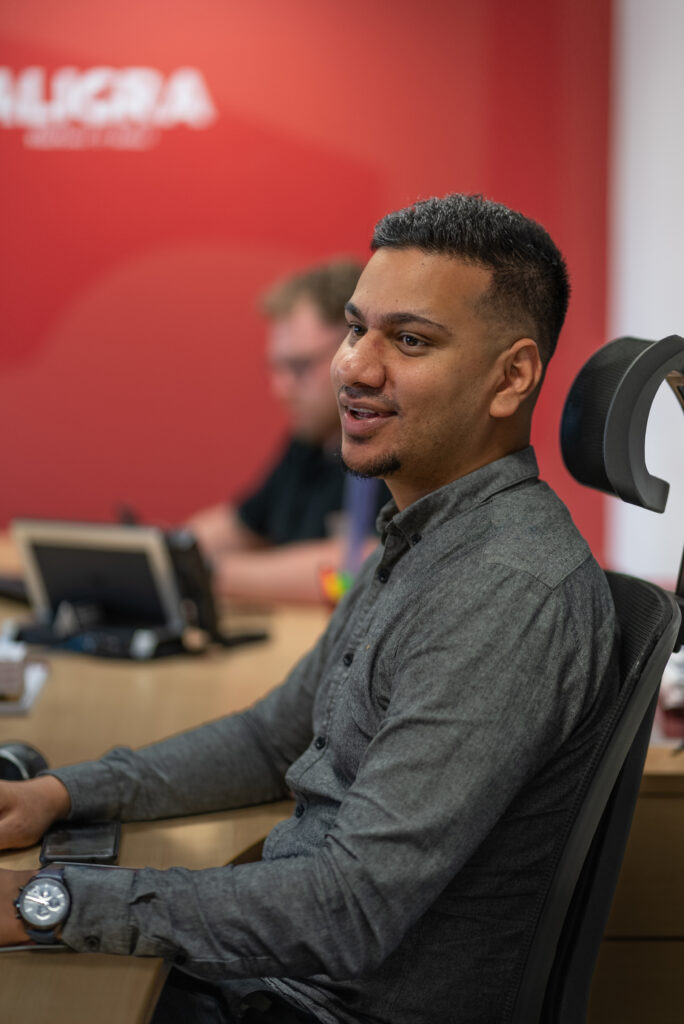It was a record year for the Best Fleets to Drive For program with 207 fleets nominated – smashing last year’s record of 150. And with so many fleets participating, program administrators also conducted a record 8,502 driver surveys, offering an unprecedented glimpse into the minds of the professional drivers working for those nominated fleets.
Mark Murrell and Jane Jazrawy, founders of the Truckload Carriers Association program, gave a two-part webinar in April to share emerging trends. First the good news. Jazrawy said 83.8% of drivers strongly agreed with the statement that their employer values driver safety above all else. “What this tells me is the message of safety fleets are trying to provide to their drivers is getting through,” she said.
And 83.5% of drivers reported they “enjoy” working for their company. Nearly 83% said their fleet makes substantial effort to ensure accurate pay, 82.5% said their company worked hard to support drivers during the pandemic, and 79.8% said the carrier works hard to keep drivers safe during orientation and road tests.
But not all questions were met with such approval. Only 48.7% of drivers said fleets solicit driver input when implementing new technologies or spec’ing new trucks. “This is the lowest score I’ve ever seen on the driver surveys,” Jazrawy said.
Only 52.9% indicated their fleet’s coaching or mentoring programs are effective at improving driver performance, just 56.4% felt they’re fairly compensated for all the additional work they do, 56.5% felt their employer offers clearly communicated career paths, and 57.1% said routes are fairly dispatched.
Jazrawy noted the lowest score ever seen – regarding soliciting driver input when implementing technology – is concerning, given the growing presence of technologies in drivers’ lives.
“Everybody has got a camera now,” she said. “Everybody has driver apps. Everyone is using their smartphones and carriers are taking advantage of this to give drivers some additional tools.”
But drivers often feel the technology is dumped on them without any warning. “Nothing gets people angrier than having things happen to them that they’re not prepared for,” she said. “You don’t have to get their permission but you have to let them know what you’re doing and why.”
When it comes to advancing to roles outside the cab, just over half of respondents felt such opportunities existed and were clearly communicated. One driver responded to the question saying: “If the career path is to stay in dry van and getting from Point A to Point B.”
Larger, more versatile fleets have an advantage in that they can move drivers around various divisions to provide more variety, Jazrawy noted. “Are there opportunities to learn more skilled types of driving? Flatbed? Heavy haul? Are there opportunities to become a driver trainer, driver mentor, or get into the office?”
Driver surveys revealed there’s room for improvement in compensating them for all their work, like sweeping out trailers. One driver noted they work 60 hours a week, but feel like they’re paid for 35. Jazrawy said many fleets could better communicate how drivers are routed and compensated.
Another emerging trend, according to Murrell, is that more fleets are focusing on supporting mental health. The overall winner in the large fleet category, Challenger Motor Freight, has had a “big push on mental health for a while,” said Jazrawy.
Some fleets are offering buddy programs, matching drivers with office staff who can provide support when needed. Others are doing regular driver check-ins to ensure drivers are doing okay.
“How are you finding out what your drivers need and making sure your programs are working for them?” said Murrell, noting 70% of Best Fleets finalists do at least one check-in a year.
When it comes to driver compensation, drivers want assurances their pay will be consistent, Jazrawy noted. She said while recruiting ads often publish the highest possible earnings in a role, drivers are more concerned about consistency.
Murrell also said drivers can be frustrated when everyone gets the same rate per mile. “Two years of experience is not worth the same as 20 years of experience,” he said. “A lot of times in trucking, the driver gets paid the same regardless of their experience level.”
But Jazrawy said fleets are better compensating drivers for orientation than in past years, with some offering $500 a day. Fleets are also fast-tracking access to benefits programs, including 401K or RRSP contribution programs.
When it comes to operations and performance management, many fleets are employing driver scorecards but failing to do the follow-up coaching that’s needed to make them effective.
“A lot of companies, even though they have the scorecard, never talk to the driver about it,” Jazrawy said. “They have all these measurements and give a bonus based on those metrics but don’t actually talk to the driver about what they could be doing better.”
She said driver training should be closely aligned with the individual’s performance. “If you don’t connect those two things you are missing a huge opportunity.”
All copyrights for this article are reserved to Truck News

